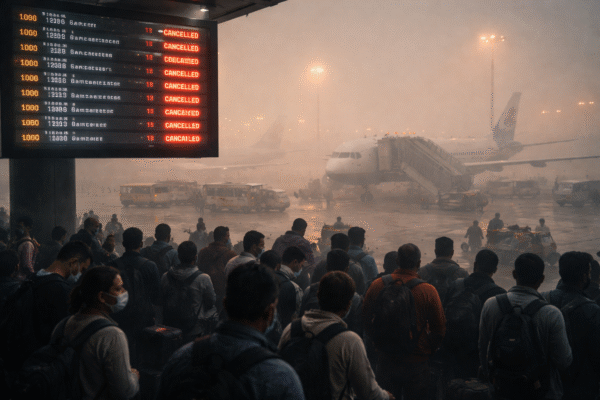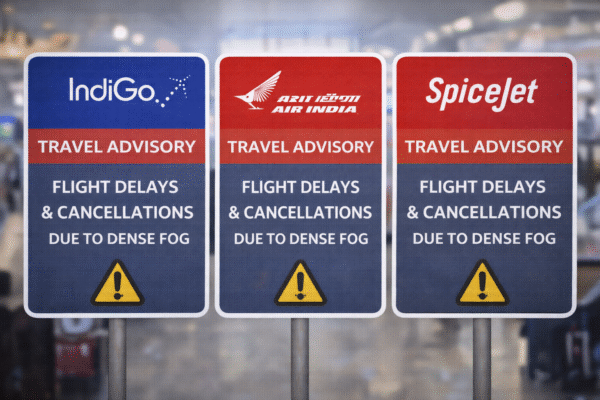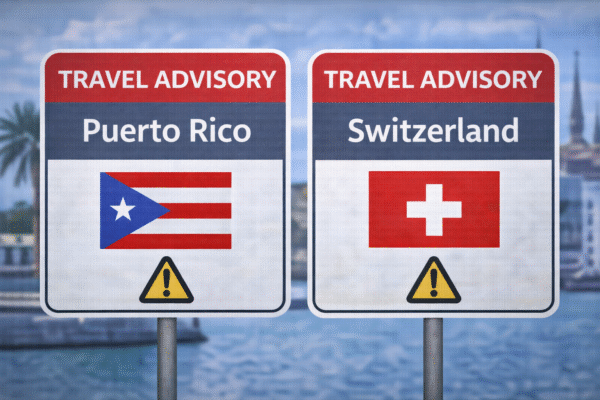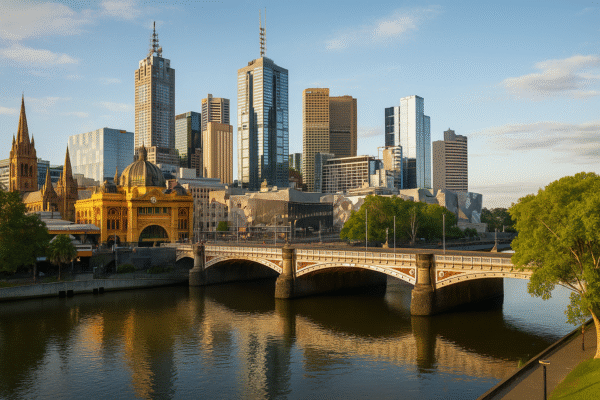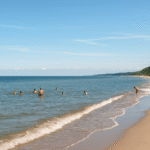Once a shining star of Australia’s travel economy, Victoria is now facing a sluggish tourism recovery in the post-COVID landscape, raising serious concerns among industry leaders. While global borders have reopened and international travel is surging across many parts of Australia, Victoria’s tourism performance remains the weakest in the country, with funding shortfalls and a lack of strategic investment undermining recovery efforts.
According to recent data from the Australian Bureau of Statistics, international visitor numbers to Victoria have not returned to pre-pandemic levels. Despite federal and state support packages during lockdowns, Victoria is now trailing other states like New South Wales and Queensland in tourism growth—a development that tourism experts attribute largely to dramatic cuts in destination marketing funding.
Visit Victoria Budget Cuts Jeopardize Global Visibility
The Allan Labor Government’s decision to cut the marketing budget of Visit Victoria from $32.5 million to just $15.5 million over three years has drawn criticism from stakeholders across the tourism sector. The budget slashes have already resulted in the cancellation of key global promotional events, such as the Down Under Summit Americas—once considered a crucial platform for showcasing the state’s tourism offerings to global investors and travelers.
“These funding reductions severely restrict our ability to compete globally,” said a representative from the Victoria Tourism Industry Council (VTIC). “We’re simply not on the map the way we need to be if we want to attract high-value international travelers.”
Melbourne Recovers, But Regions Risk Being Left Behind
Melbourne, long celebrated for its multicultural appeal, culinary scene, and world-class events, is gradually seeing tourism bounce back. However, the picture in regional Victoria is far less optimistic.
Destinations such as Phillip Island, the Yarra Valley, Bellarine Peninsula, and Geelong have shown modest gains in visitor spending, but those improvements are dwarfed by the losses sustained during the pandemic. Many regional tourism operators report struggling without sufficient infrastructure investment or inclusion in international marketing strategies.
“There’s a serious imbalance,” noted a Yarra Valley winery operator. “People know Melbourne, but they’re missing out on the stunning nature, vineyards, and wildlife experiences the rest of Victoria offers.”
Tourism’s Economic Impact and Future Outlook
Tourism remains a critical pillar of Victoria’s economy. In 2023, total trip-related spending in the state reached nearly $39.3 billion, with international travelers contributing $7.8 billion. However, industry projections suggest Victoria could add an extra $16 billion in visitor spend by 2028 if appropriate investments in marketing, infrastructure, and visitor experiences are made.
The Department of Jobs, Skills, Industry and Regions has forecast significant potential, but warns that growth depends on reversing current funding decisions and adopting a more strategic, coordinated recovery plan.
Recommendations to Reclaim Victoria’s Global Tourism Standing
Tourism experts and industry associations are calling on the Victorian Government to act swiftly to halt further decline and unlock growth. Key recommendations include:
- Boost Destination Marketing:
Restoring Visit Victoria’s budget to pre-pandemic levels is essential for enhancing the state’s global visibility and competing effectively with domestic and international destinations. - Support Regional Tourism Operators:
Targeted investment in infrastructure, digital connectivity, and experience development across regional hubs could attract international visitors seeking immersive and off-the-beaten-path experiences. - Develop Premium Visitor Experiences:
From culinary trails in the Grampians to eco-tourism in Gippsland, creating high-quality, authentic experiences is vital to meet the evolving expectations of today’s global traveler. - Foster Public-Private Partnerships:
Stronger collaboration between government bodies, tourism operators, and local communities can ensure an integrated, resilient recovery model. - Implement Adaptive Strategy Monitoring:
Ongoing analysis of market shifts and traveler behavior can guide agile, evidence-based responses as the sector rebuilds.
Competing Destinations Threaten Victoria’s Tourism Market Share
Queensland and New South Wales have taken decisive steps to lure tourists post-pandemic, with Queensland leveraging its natural attractions and funding campaigns to promote the Great Barrier Reef and Gold Coast. Meanwhile, even New Zealand—a traditional rival—has launched aggressive campaigns in Europe and North America, attracting tourists who might have once considered Victoria.
“If we delay investment, the gap between us and other destinations will widen,” said a spokesperson from the Department of Treasury and Finance Victoria. “Tourism isn’t just about visitors—it’s about jobs, exports, and long-term economic resilience.”
The Path Forward
With hundreds of thousands of jobs tied to the visitor economy, Victoria must treat its tourism industry as a strategic priority. In addition to revitalizing marketing efforts, the state should double down on promoting its regional gems—from penguin parades on Phillip Island to Indigenous-led cultural experiences in the High Country.
There is optimism within the sector that with coordinated leadership and the right funding mix, Victoria can bounce back. But time is of the essence.
“Victoria has all the ingredients for a world-class visitor experience,” concluded the VTIC. “What we need now is investment, bold vision, and a renewed commitment to reclaiming our place on the global travel stage.”
For more travel news like this, keep reading Global Travel Wire





